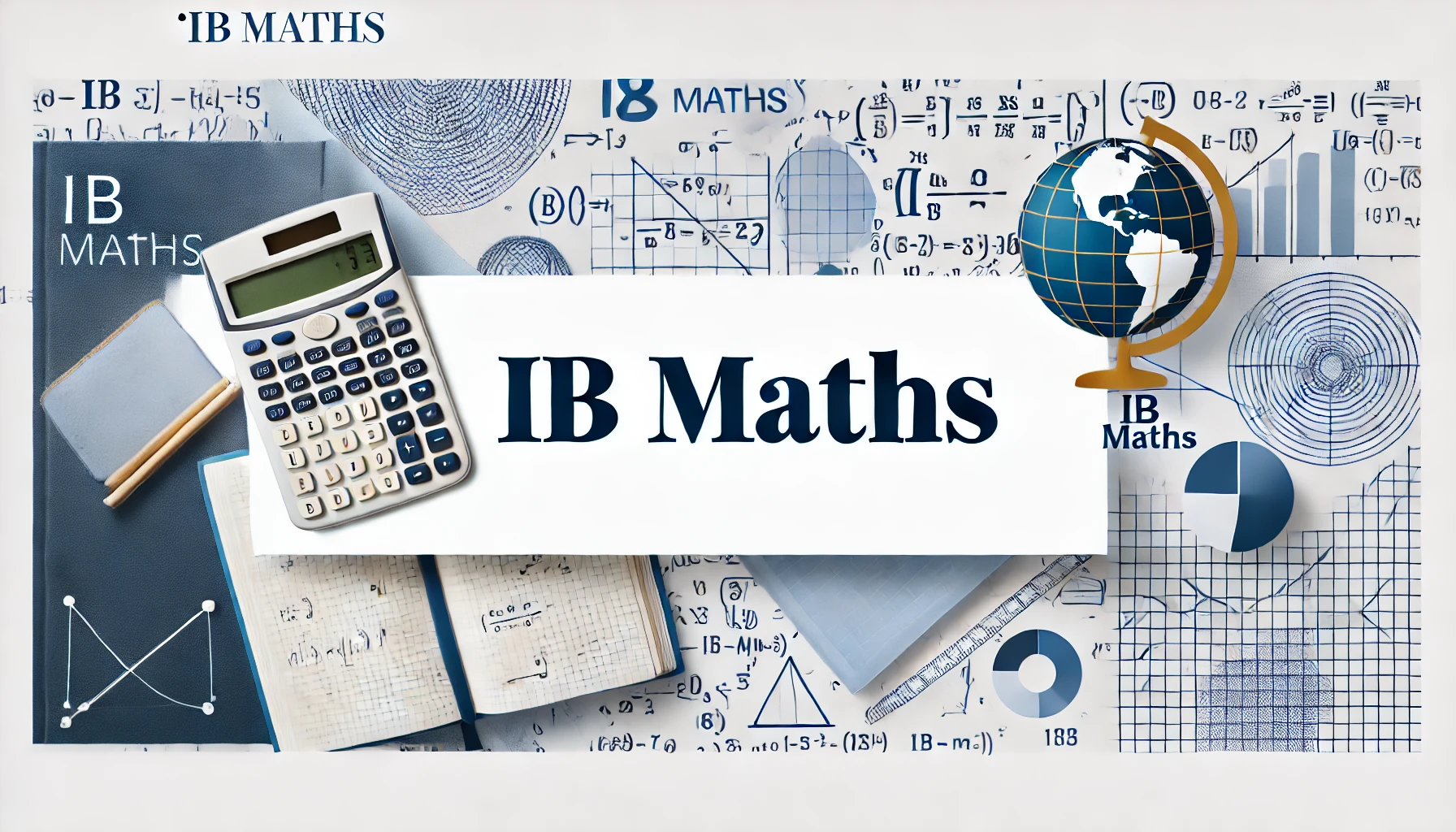

Excelling in IB Environmental Systems and Societies (ESS) isn’t just about understanding the complex interactions between the environment and human societies. It’s also about responding to questions in a way that aligns with IB examiners' expectations. Command terms provide essential guidance on how to structure and present your answers.
What Are Command Terms?
Command terms are the instructional words or phrases used in IB Environmental Systems and Societies (ESS) questions, guiding students on how to structure and present their answers. These range from straightforward tasks like "state" or "identify" to more complex actions such as "evaluate" or "discuss."
Each command term has a distinct meaning, and examiners expect students to respond accordingly. For example:
- "Calculate" requires you to demonstrate all the steps leading to your final answer.
- "Describe" calls for a clear explanation of a concept, process, or system related to environmental science or sustainability.
With exams contributing significantly to the overall marks in most IB subjects, mastering command terms is essential for achieving strong results.
💡Check out our blog for a full breakdown of how the IB is graded!
IB Environmental Systems and Societies Command Terms
Why Are Command Terms Important?
- Clarity in Expectations:
- Command terms outline exactly what the question requires. Misunderstanding or neglecting them can lead to incomplete or inaccurate answers, even if you are well-versed in ESS concepts.
- Efficient Time Management:
- Recognising the command term early helps you structure your response efficiently, saving time and avoiding irrelevant explanations.
- Maximising Marks:
- IB examiners allocate marks based on how well you address the specific requirements of a question. Responding effectively to command terms ensures you meet all criteria needed for full marks.
Study and Exam Tips for IB Environmental Systems and Societies
Mastering command terms is just one part of success in IB ESS. To fully prepare for your exams, incorporate these strategies into your study routine:
1. Practise Past Papers
Familiarise yourself with how command terms are applied in actual IB ESS exams by working through past papers. Pay close attention to question structure and mark schemes to understand the level of detail required.
After speaking with over 500 IB tutors, one key recommendation emerged: the best way to prepare for IB exams is by practising past papers.
2. Build a Command Term Glossary
Compile a list of all command terms with their definitions. Use flashcards or a centralised document to regularly review them. This will help you internalise the specific expectations of each term.
3. Study Mark Schemes
Review how marks are awarded for different types of questions. Understanding what examiners look for will guide you in providing the appropriate depth of explanation or analysis for each command term.
4. Link Concepts to Real-World Examples
For terms like "analyse" or "evaluate," support your responses with real-world examples or case studies. This approach strengthens your arguments and demonstrates a practical understanding of ESS concepts.
5. Practise Under Timed Conditions
Simulate exam settings by practising with time constraints. This will train you to quickly identify command terms and construct concise, focused responses during the exam.
6. Seek Detailed Feedback
Ask your teacher or tutor to review your practice answers and offer constructive feedback. This will help refine your responses and ensure they align with the requirements of the command terms.
Conclusion
Mastering command terms is an integral part of excelling in IB Environmental Systems and Societies. These terms act as a guide, ensuring your responses meet the expectations of IB examiners. However, true success requires more than just understanding command terms—it also involves consistent practice, a solid grasp of ESS principles, and strategic exam preparation.
With commitment and the right strategies, you’ll be well-equipped to achieve your goals in IB ESS and make meaningful connections between environmental systems and societies.






